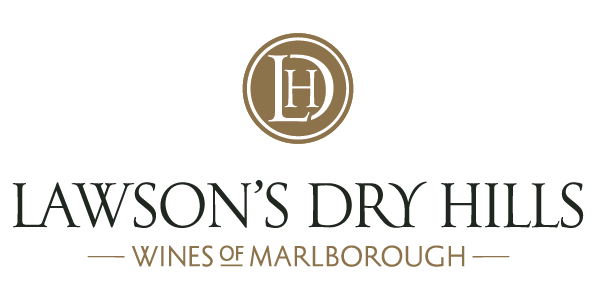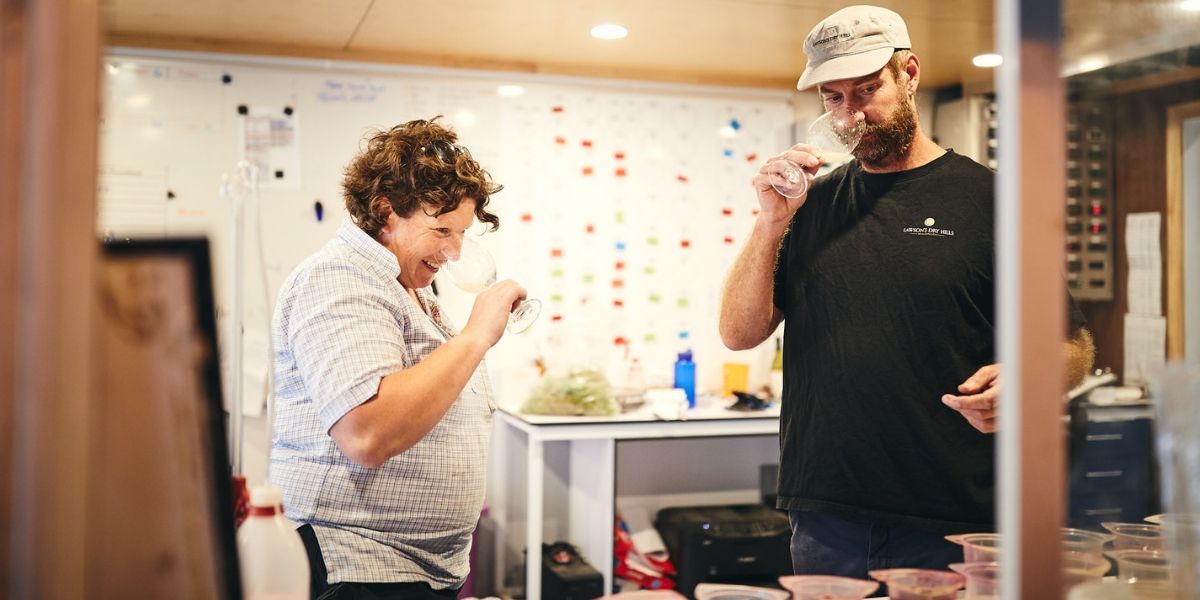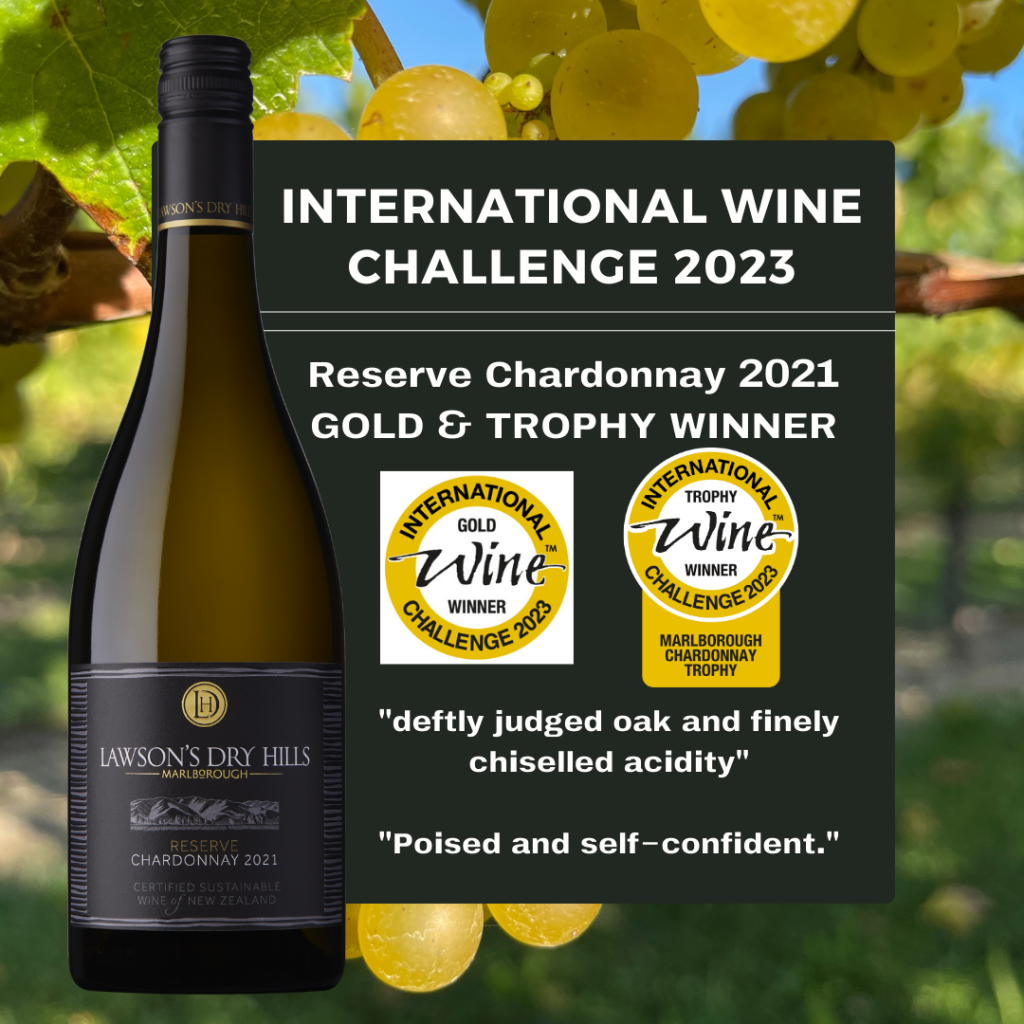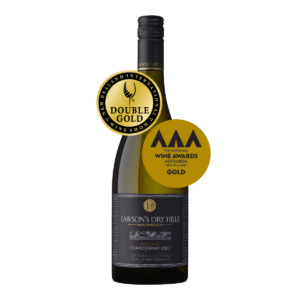While most New Zealanders were basking in the warmth of an unseasonably hot, dry summer, Marlborough wineries were basking in the glory of a different kind. High sunshine and low rainfall provided the perfect conditions for their grapes, offering the essential ingredients for a standout vintage. So this year, unlike the more-challenging harvests of the past few years, winemakers had the freedom to call the shots. For Lawson’s Dry Hills’ senior winemaker Marcus Wright, that meant picking when the grapes and the conditions were right, unhurried by the threat of inclement weather and ensuing challenges such as botrytis.
However, it takes more than good weather to make great wine. Years of nurturing the soil and managing the vines plays a huge part in the resulting wines and none more so than managing the yields. Pruning to two or three canes is just the start (many vineyards grow four canes) and already reduces the amount of fruit a vine can produce. Careful canopy management and taking decisions to sacrifice fruit post-veraison are all hugely important decisions that affect the quality and style of the wines. The strategies employed by the Lawson’s Dry Hills team are part of why their wines are so consistently good, year on year. They’re here for the long-term and therefore avoid the short-term gains to be had from large crops but poor quality, resulting in wines that lack the varietal character and sense of place that are so important.
The freedom to harvest when the time is right is also the result of careful planning, a luxury made possible by Lawson’s Dry Hills having invested years ago in their own harvester. This is not the case for many other vineyards with contractors having to work around the clock to meet demand. For some, that meant waiting in a queue and producers having to delay bringing in fruit that was deemed to be ready.
Back to 2019 and the LDH harvester rumbled into the vineyard around two weeks earlier than normal, beginning with the Pinot Noir for the Rose at the end of February, followed by Chardonnay then some of the Sauvignon Blanc in early March and the rest at later intervals. Pinot Gris, Riesling, Gewurztraminer and Pinot Noir were sprinkled throughout. The excitement of the winery and vineyard team would suggest this harvest will draw comparison with the highly rated 2015 (the vintage our Blind River Sauvignon Blanc received multiple trophies at the International Wine Challenge in London).
Marcus believes the company’s grapes are pretty much perfect this year, having achieved the ideal balance of sugar (ripeness), flavour development and acid levels. All the winery team need to do is gently guide these characters into the finished wine with minimal intervention. The only negative is that volume is down on an average year by about 30% for Pinot Noir and 10% for Sauvignon Blanc.
Fast forward to May and some of the ferments have finished whereas others are still quietly ticking away. It’s important to keep tasting the ferments with a view to the final blends although the flavours will continue to develop over the next few weeks.
Such a season of favourable growing conditions is backed up by Met. office data which indicated that ‘Growing Degree Days’ in January 2019 for Blenheim were around 33% above the long-term average. There were over 20% more sunshine hours than the norm and only 8% of the long-term average rainfall.
For other Marlborough producers, initial reports are also positive. Harvest began in many cases ten days earlier than normal with good quality, yet in some cases, lighter yields. Many reported that it was the earliest they had ever experienced. Of course, hot weather also brings unique challenges as low rainfall earlier in the summer forced a shutdown of the Southern Valleys Irrigation Scheme which harnesses much of the water the vineyards depend on. Some growers were even trucking water in to sustain their vines.
Right now at Lawson’s Dry Hills, the focus is on treating the new season’s juice with care and ensuring that the high quality finds its way into the company’s brands Blind River, The Sisters, Mount Vernon and of course, Lawson’s Dry Hills. These wines will then follow the 2018’s into the New Zealand market and further afield to export markets around the world.
